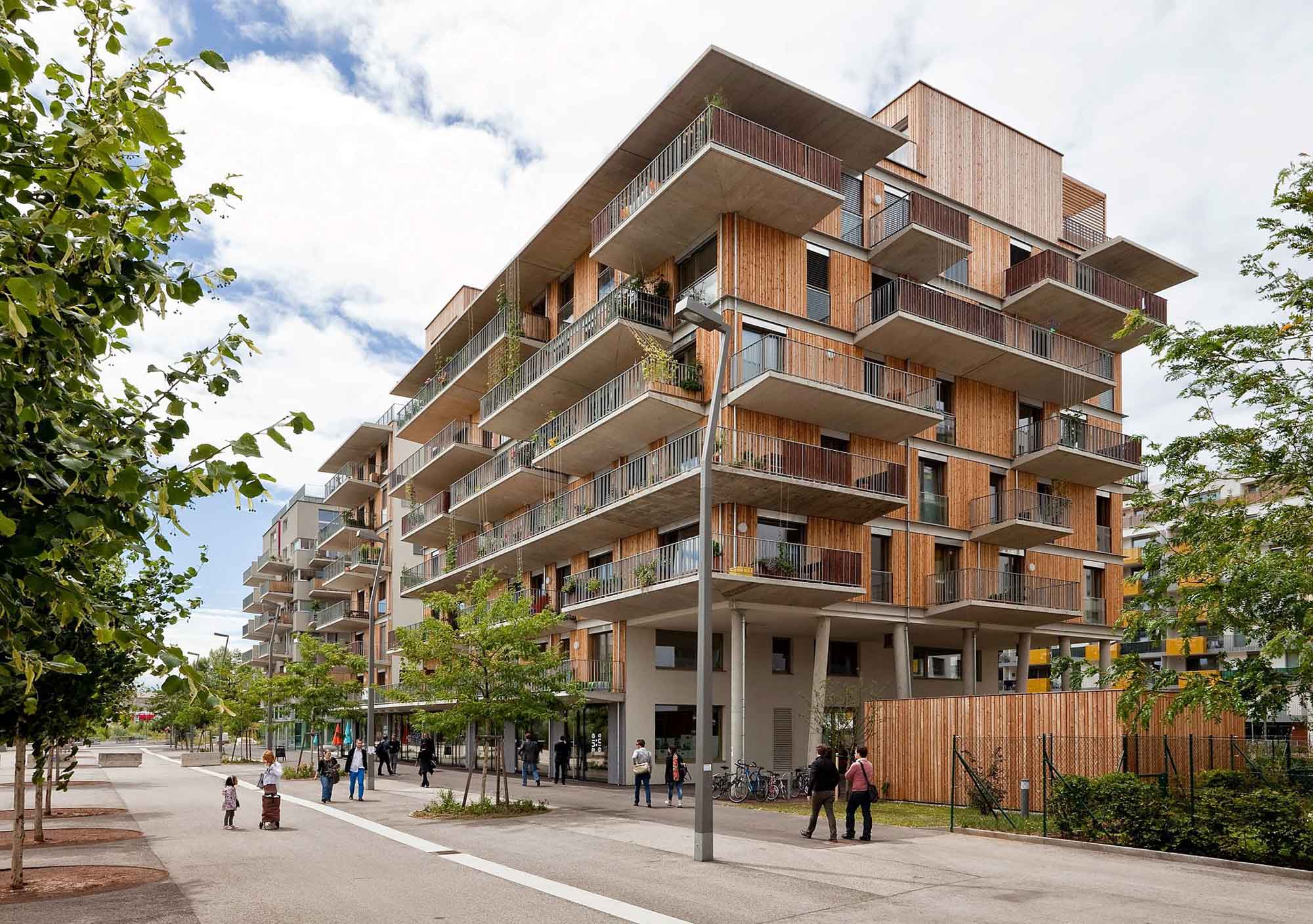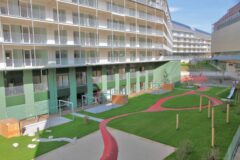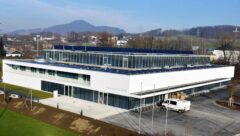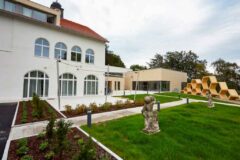Monitoring systems enable a building’s energy performance and comfort to be analysed, and potential for optimising its running to be identified. It is often the case that in practice the real-life operation turns out differently from the original plans, pushing running costs up and the building’s environmental performance down. A monitoring system helps to cut energy costs, conserve resources and improve the residential comfort. It also has a positive impact on the service life and maintenance requirements of the individual installations, allowing running costs to be reduced even further. Although many newbuilds have the facilities to offer continuous monitoring of their operation, there have only been few attempts to date, to take and evaluate measurements in this way.
In the DeLight (Demo light Impact-Monitoring)1 project, the energy consumption and comfort of eleven innovative buildings in Austria were extensively analysed under real-life conditions. They included buildings used by the services sector (offices, educational institutions, sports facilities, nursing homes and hospitals) as well as large residential buildings constructed to different energy efficiency standards: passive houses, positive energy buildings, low-tech buildings and highly efficient renovation projects.
Monitoring methods
Over a period of one year, the amount of energy required to supply and distribute heating, hot water and cooling, as well as electricity consumption (including renewable energy generated on site by PV systems and solar thermal energy) were recorded in all the buildings based on a detailed measurement concept. Three comfort parameters – temperature, relative humidity and CO2 concentration in the ambient air – were measured in selected reference rooms. Professional, web-based hardware and software solutions were used to record and validate the measurements. The actual consumption figures were compared against the forecasts, and any differences identified were analysed. The project team also picked a particular area to focus on for each property, which was studied in detail with the help of the monitoring data. The owners and operators of the buildings were also able to use the monitoring platform while the project was running, in order to acquaint themselves with the benefits of an automated monitoring tool.
Potential for further improvement and recommendations
The project team were able to use the results of their monitoring to demonstrate potential starting points for improvements in building operations and devise tangible measures together with the buildings’ owners and operators. Potential for optimisation with scope for reproducibility was identified in a number of areas, including the supply of heating and hot water, cooling, ventilation and air conditioning technology. Raising awareness amongst users also plays a key role in increasing energy efficiency and indoor comfort. The recommendations were summarised for the various target groups (building planners, constructors and operators) in a clear, easy-to-understand presentation.

illustration: e7 Energie Markt Analyse GmbH
The project demonstrates that the monitoring of energy and comfort parameters is an ideal tool for keeping an eye on the day-to-day operation of buildings. Future large-scale newbuilds and renovation projects should incorporate at least a basic level of monitoring infrastructure so that the data recorded during the operation of the buildings can be evaluated at regular intervals.
www.nachhaltigwirtschaften.at/de/sdz/projekte/delight-monitoring.php
1 Project partners: e7 Energie Markt Analyse GmbH (project management), EUDT Energie und Umweltdatentreuhand GmbH




